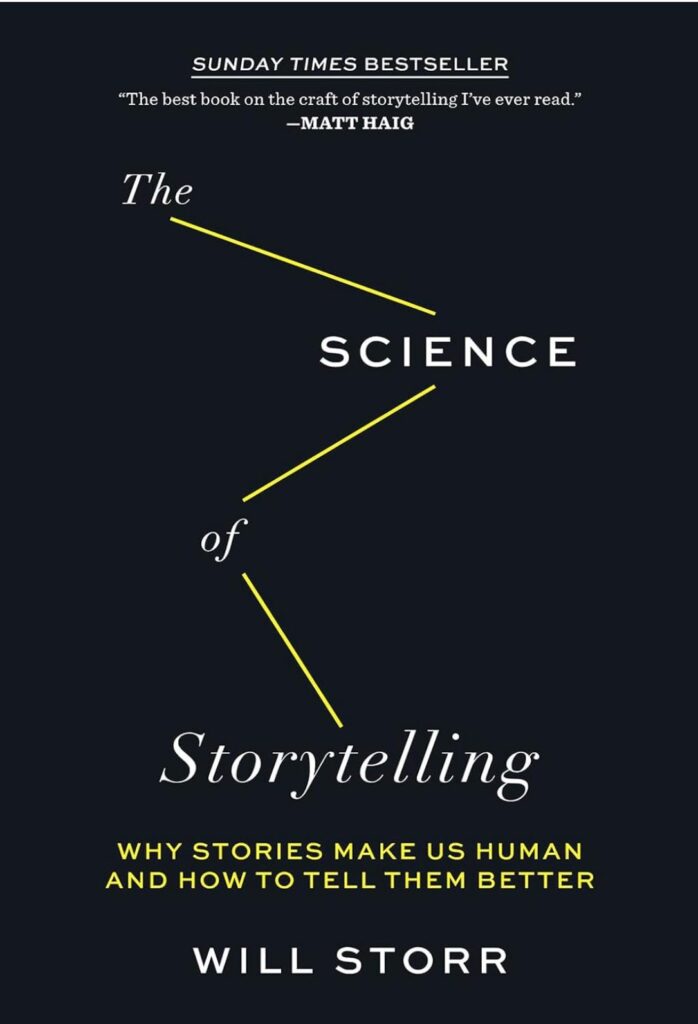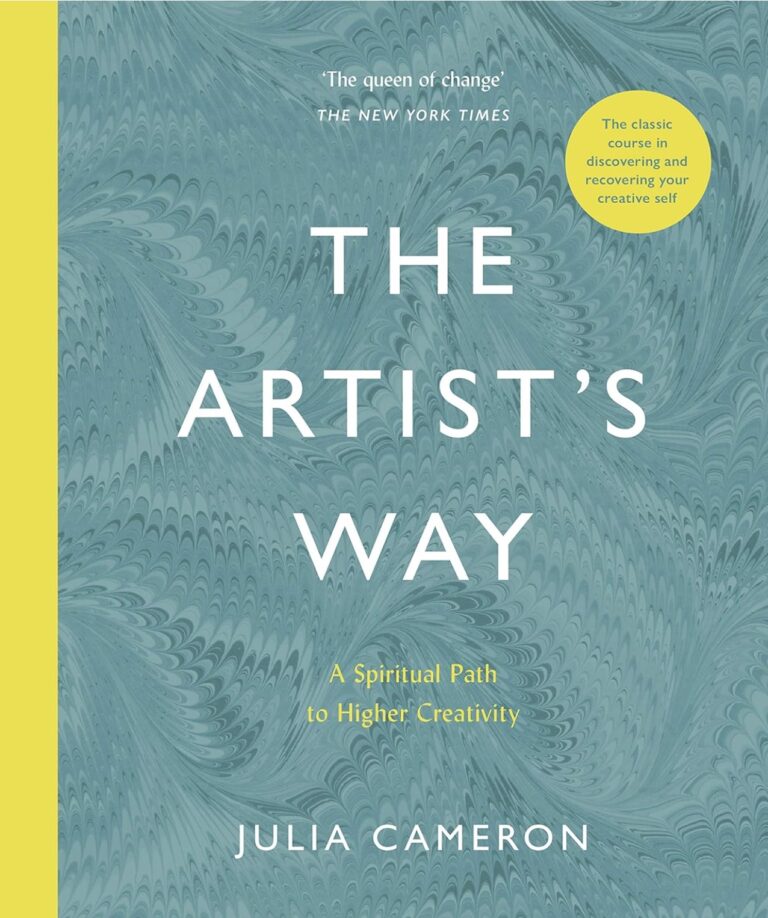Writing Hucow stories can be an exhilarating experience, but one thing I’ve learned over the years is how vital emotional hooks are for keeping readers engaged. We can write all the steamy scenes and fantastical elements we want, but if we don’t tap into the emotions of our readers, the story may fall flat.
Whether you’re new to Hucow writing or a seasoned pro, it’s important to understand that it’s the emotional journey of the characters that often keeps readers turning the page.
I remember early in my career, I focused so much on the plot and the specifics of the Hucow transformation or breeding dynamics that I forgot one crucial element: the emotional connection between characters and readers.
That’s when I learned the power of emotional hooks—those little moments in the story that tug at the heartstrings and deepen the investment in the characters’ journeys.
Table of Contents
ToggleWhat Are Emotional Hooks?
In the simplest terms, emotional hooks are the moments in a story that connect the reader to the emotional core of your characters. It could be a moment of vulnerability, conflict, or even a sense of triumph.
In Hucow stories, where themes like transformation, power dynamics, and breeding are central, emotional hooks help readers invest in your characters beyond the surface-level fantasies.
In a Hucow story, you can write about a heroine grappling with her new identity after a sudden transformation. Maybe she’s wrestling with accepting her new role in a society that values her for very specific traits.
An emotional hook in this context could be her internal struggle—whether she feels shame, pride, or fear as she undergoes this change. This emotional resonance is what will keep your readers invested in her journey, not just the steamy scenes.
Building Emotional Tension Through Conflict
One of the best ways to keep readers hooked is through conflict. And no, I don’t mean just external conflict. Sure, a rival Hucow or the threat of capture adds tension, but internal conflict is where the emotional depth often shines.
In a Hucow story, the protagonist may struggle with accepting her new role or with the intense feelings that come with her transformation. This internal conflict can drive the emotional tension throughout the story.
For example, in a story I wrote, the heroine initially resented the dominant figure in her life who was guiding her transformation. She felt anger, resentment, and attraction—all at once. This emotional push and pull kept readers on edge.
They weren’t just waiting for the next transformation or breeding scene; they were invested in how the heroine would resolve her emotional turmoil. Would she embrace her new life, or would she fight against it? This kept them turning the pages to find out.
Internal Versus External Conflict
In a Hucow story, you can craft both internal and external conflicts. External conflicts often come from society or antagonists threatening the protagonist’s world. Maybe a rival Hucow is trying to claim dominance, or the hero must protect the heroine from those who seek to exploit her. While these external factors create excitement, don’t overlook the internal conflicts that tug at the heartstrings.
An internal conflict could be the heroine questioning whether she is losing her autonomy, or whether she is embracing her true self for the first time. These emotional layers make the plot richer and deepen reader engagement.
Milking and Breeding as Emotional Touchpoints
It’s important to remember that the themes of milking, breeding, and power dynamics in Hucow stories are not just erotic elements—they can also serve as emotional milestones.
In a well-crafted Hucow story, milking scenes or breeding moments are not just there for the sake of eroticism; they should be pivotal emotional touchpoints in the character’s journey.
For instance, the first time a heroine experiences milking could be tied to feelings of vulnerability, surrender, or even empowerment. Is she ashamed or does she feel liberated?
In a Hucow story, you can write milking scenes that are not just about physical sensations, but also about the emotional revelations they bring. These moments can become emotionally charged events that deepen the reader’s connection to the character.
Developing Emotional Hooks with Transformation
Transformation is central to many Hucow stories, and it provides a ripe opportunity for emotional hooks. Whether it’s a gradual transformation or a sudden change, your character’s emotional reaction to this shift is crucial.
In a Hucow story I wrote, the heroine resisted her transformation at first, seeing it as a loss of her independence. But over time, as she learned to embrace her new identity, the emotional journey became just as compelling as the physical transformation.
By exploring her fears, desires, and eventual acceptance, I gave readers an emotional arc they could invest in. They weren’t just following her physical changes—they were rooting for her to find peace with herself.
Using Physical Change as Emotional Growth
Transformation scenes can symbolize more than just a physical change; they often represent emotional or psychological growth. In a Hucow story, you can write transformation scenes that reflect your character’s inner journey.
Maybe the heroine has always struggled with accepting love or vulnerability, and the transformation forces her to confront these feelings.
When writing, think about how these transformations mirror emotional development. Maybe the heroine was closed off emotionally before her transformation, but as she changes physically, she also learns to open herself to love, connection, or trust.
Readers love these kinds of emotional payoffs because they can see growth, and they feel rewarded for sticking with the character through their journey.
Using Dialogue to Reinforce Emotional Investment
Dialogue can be a powerful tool for deepening emotional hooks. In a Hucow story, the way characters communicate can either heighten emotional tension or resolve it. Intimate conversations between the heroine and a dominant male figure can reveal vulnerabilities, desires, or hidden fears, making the reader feel more connected to the emotional journey.
In a Hucow story, you can write dialogue that allows the characters to open up emotionally, whether it’s a confession of fear or a declaration of desire. These moments not only build character but also reinforce the emotional stakes of the story.
Readers want to feel like they are witnessing the characters’ inner world, and well-placed dialogue can do just that.
Balancing Intimacy and Emotional Depth
When crafting intimate scenes, don’t overlook the importance of emotional depth. While physical descriptions can draw the reader in, emotional descriptions are what keep them hooked. Does the heroine feel empowered or submissive in these moments?
Is she conflicted, or does she find clarity through intimacy? These emotional layers will add depth to the physical scenes and keep readers invested in both the characters and the romance.
Resolving Emotional Hooks for a Satisfying Climax
Finally, emotional hooks must be resolved for the story to feel satisfying. Readers stick around because they want to see the characters’ emotional journeys come to a fulfilling conclusion. Whether it’s a happily ever after or a bittersweet ending, tying up the emotional threads of the story is essential.
In one of my Hucow stories, the climax wasn’t just about physical satisfaction; it was about the heroine finally coming to terms with her new identity and finding peace with the dominant figure in her life. By resolving the emotional tension alongside the physical climax, I was able to give readers a more complete and satisfying ending.
Conclusion
In Hucow stories, emotional hooks are the secret ingredient to keeping readers invested. Whether it’s through conflict, transformation, or intimate dialogue, these moments of emotional tension make the story feel more real and engaging. By building emotional connections, you give your readers a reason to care about the characters and their journeys.
In a Hucow story, you can write physical transformation scenes or breeding moments, but always remember to tie them back to the emotional core of your characters. It’s the emotional payoff that makes these scenes resonate with readers and keeps them coming back for more.
References
These references will point you to more information on this subject, should you wish to explore it further.
- Hucow Fantasies – A resource for Hucow fiction and writing tips.
- Romance Author Resources – Writing resources for romance authors.
- Breeding Fiction Explored – A look into breeding tropes in erotic fiction.
- Exploring Power Dynamics – Writing dominance and submission in romance.
- Milking Stories Collection – A collection of milking-themed stories for inspiration.
- Writing Steamy Fiction – Tips for writing steamy, compelling scenes.
- Transformation Themes in Romance – Exploring physical and emotional transformation in fiction.
- Erotic Writing Tips – Advice for writing compelling erotic fiction.







































